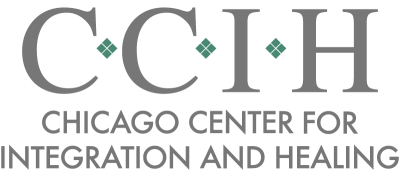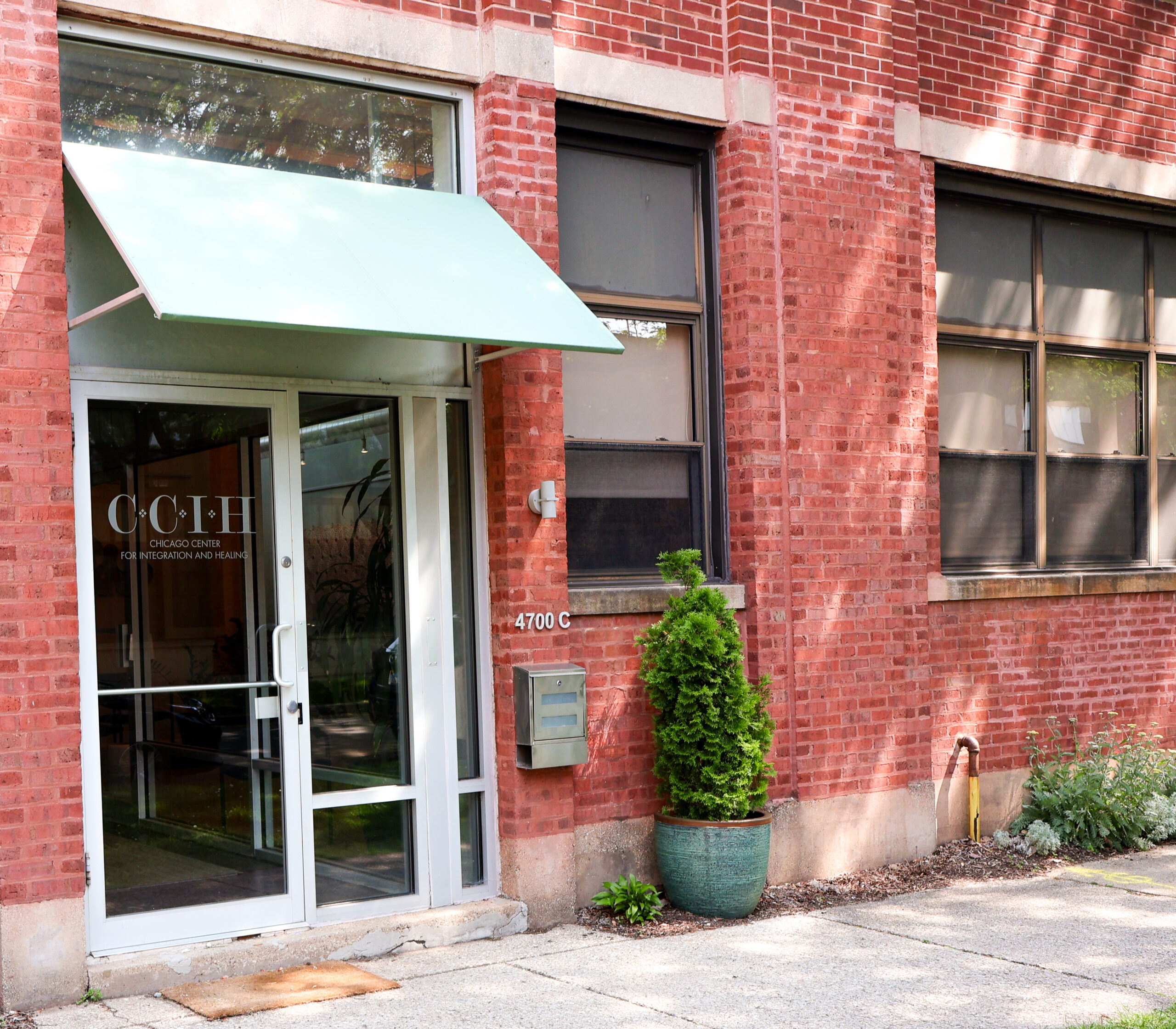Society often prioritizes external measures of progress, improvement, and success. We are surrounded by cultural messages and images of achievement. Aside from the occasional memoir, we are rarely exposed to the steps and setbacks along the way. Seldom are we exposed to the internal experience attached to external outcomes.
We are unlikely to challenge what our culture suggests we should improve about ourselves, and as such, we evaluate ourselves through external measures rather than reflecting on our lived experiences. It may be difficult to even differentiate what we want for our lives from what we have been told we are supposed to want!
There is no time during which this outcome-oriented perspective is more evident than the start of the new year. People often set concrete goals such as exercising more, getting into a relationship, or buying a home. While there is nothing wrong with having concrete, measurable goals, it may be worth further exploring your desire for change. Perhaps turn inwards to see what changes, if any, would generate more fulfillment for you. Reflect for a while on how you want to feel internally, as opposed to what external outcome you’d like to achieve.
When we have a history of trauma, we feel painfully trapped in our past and disconnected from our desires. Often we are stuck in cycles of repetition and avoidance that leave us with little energy to spend elsewhere. The journey of healing from trauma includes not only breaking from old, familiar paths but also providing the opportunity to ask ourselves novel questions: How do I want to feel? What do I want? When we get in touch with an inner “pull” toward what we truly desire, we can create more meaning and connection in our lives in the present.
As an intern at CCIH, I recently participated in a 10-week Integrated Practices group. The Integrated Practices group draws, in part, from Deidre Fay’s work as well as other body-based and neurobiologically-informed approaches. A goal of the IP group is to increase one’s awareness of and their internal experience in the present moment. As I was considering the expectations of New Year’s resolutions and the challenges of making new choices, I was reminded of one of the group’s activities that draws from the chapter of Deidre Fay’s book entitled “Carving Out a New Path.” Consider exploring the questions below, either on your own or with your therapist:
What do you want?
How do you want to feel? What is compelling you, from inside, to explore something new? How do you know? How does this goal or dream show up in your feelings, thoughts, or sensations right now?
Where are you now?
Consider the old, familiar path you take. It is likely well-rehearsed and comfortable, even if something about it leads you somewhere you do not want to go anymore. What thoughts, sensations, and feelings arise as you consider this old path?
What is the turbulence that might get in the way?
Anytime we step toward something new, there will always be a pull toward the old. Remember to be compassionate towards yourself when these old strategies show up. We want to update them gently. Anticipating the turbulence will allow us to recognize and prepare for when it arises. What might your version of turbulence look like? What thoughts, feelings, and sensations arise when you reflect on this potential turbulence?
What are the baby steps?
While it can be motivating to touch into the experience associated with the grand accomplishment of our goal, the reality of the journey includes many more slow, small steps in the desired direction. What might be a baby step toward your dream? As you consider taking that first step, what thoughts, feelings, and sensations arise?
Moving toward a new goal, dream, or desire is both rewarding and challenging work. Most of all, let’s remember to be gentle with ourselves along the journey of this new year.
Fay, D. (2021). Becoming Safely Embodied: A Guide to Organize Your Mind, Body and Heart to Feel Secure in the World. United States: Morgan James Publishing.









